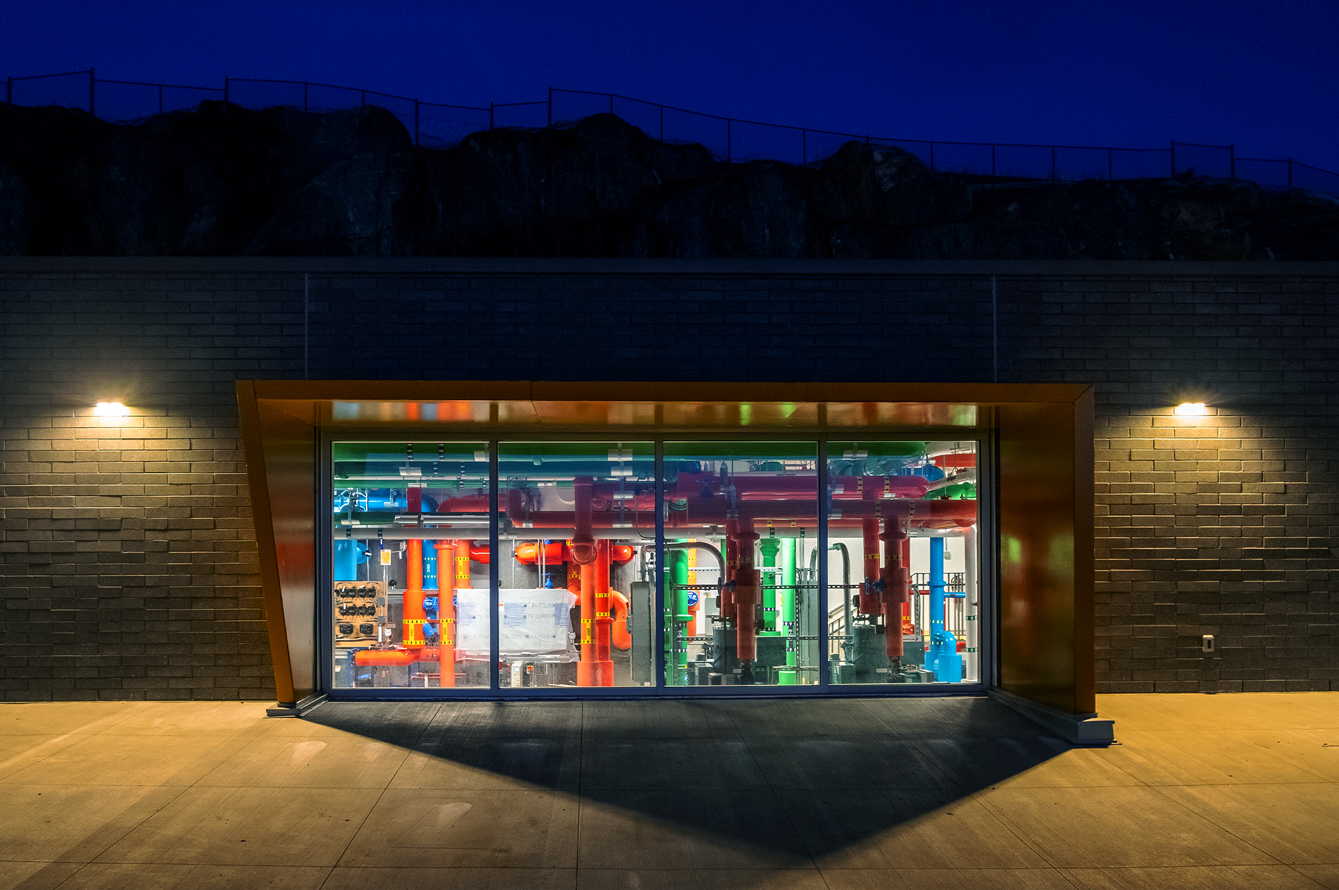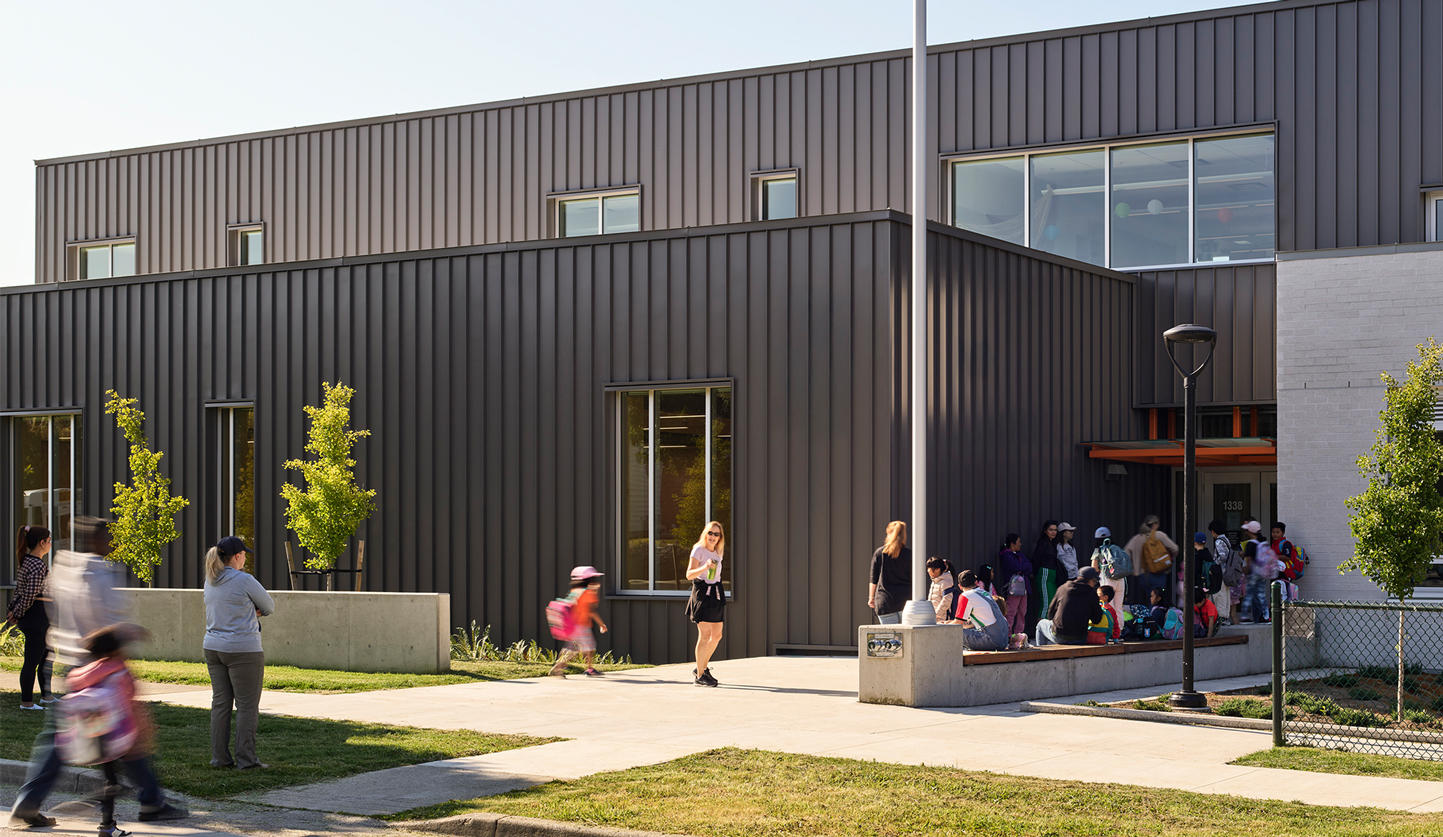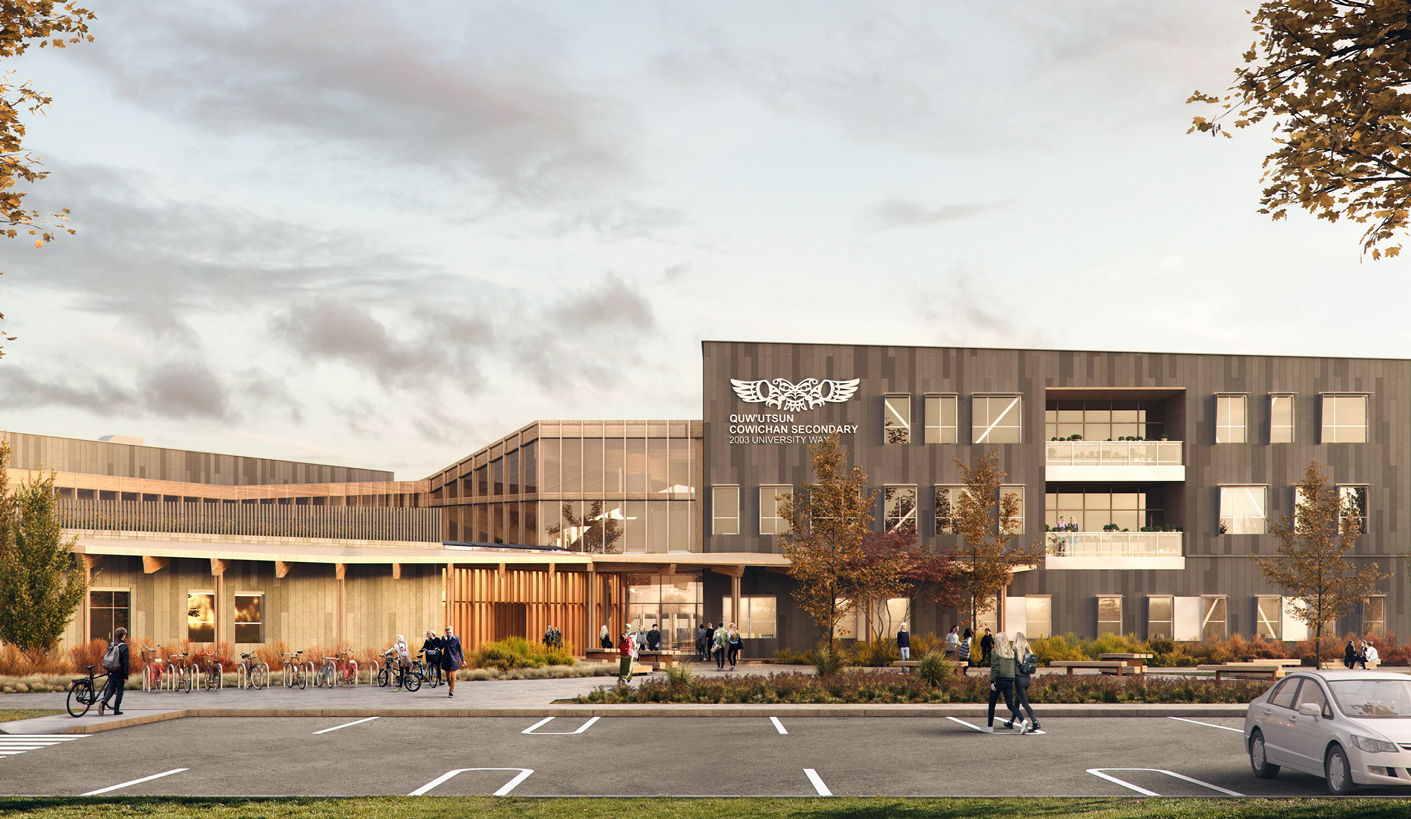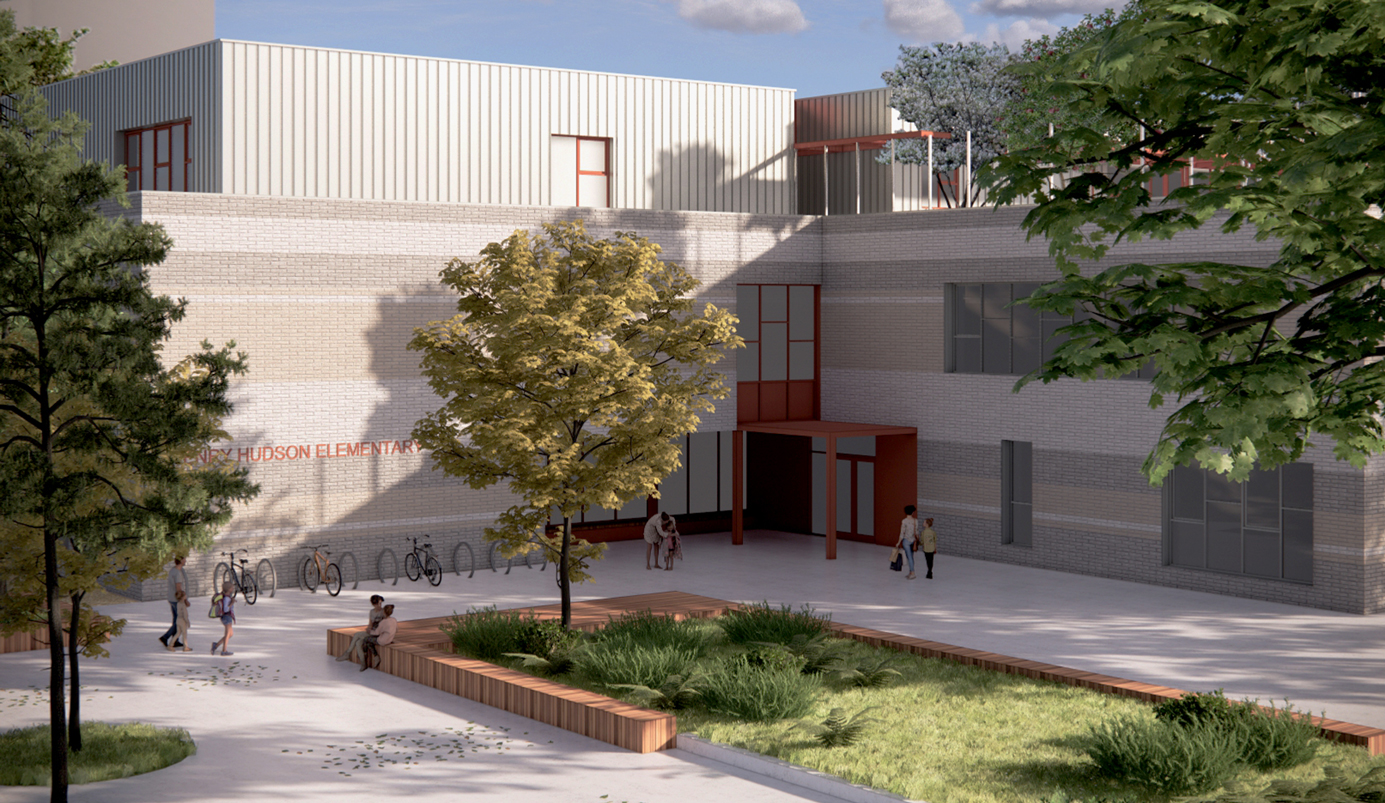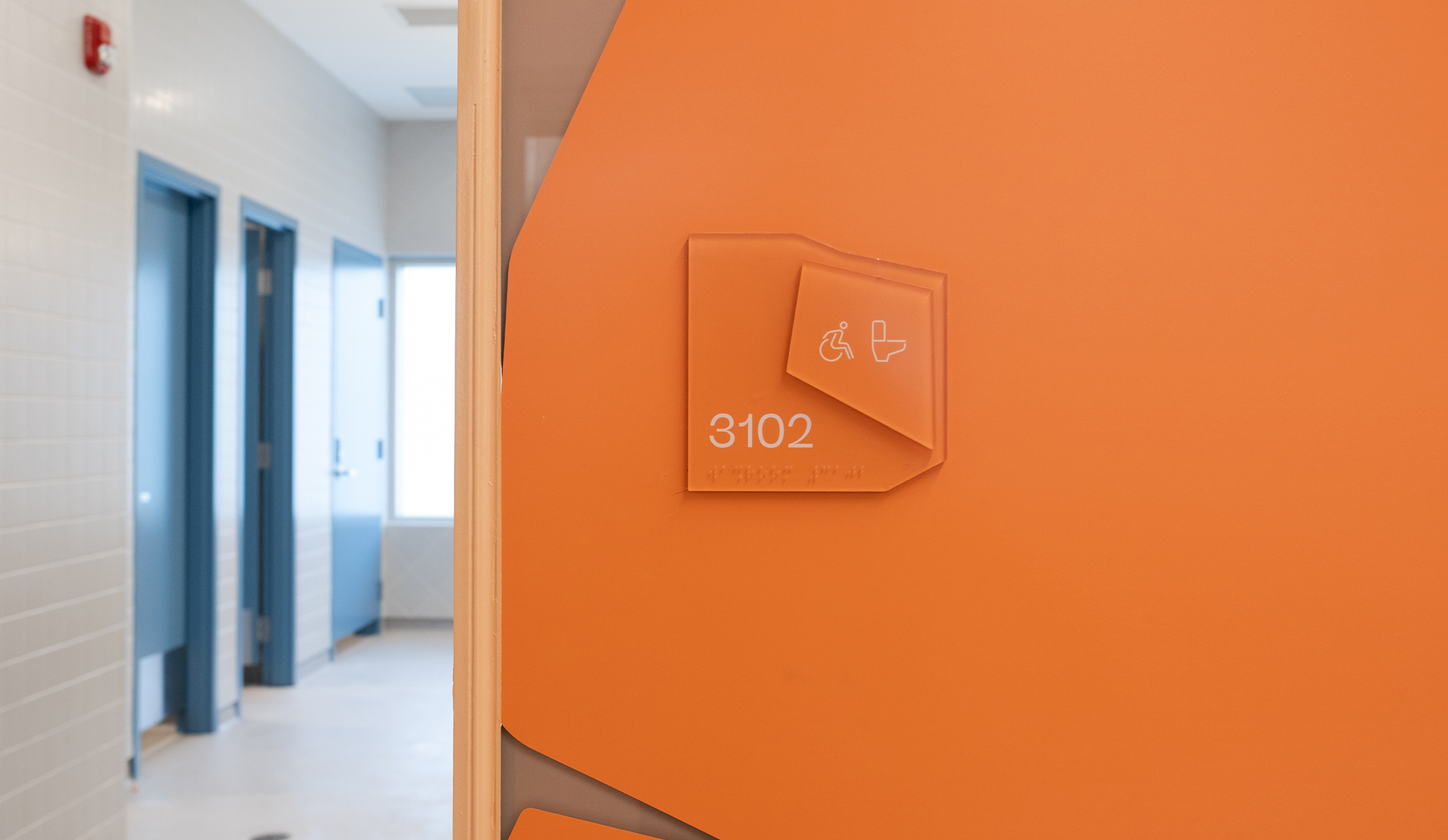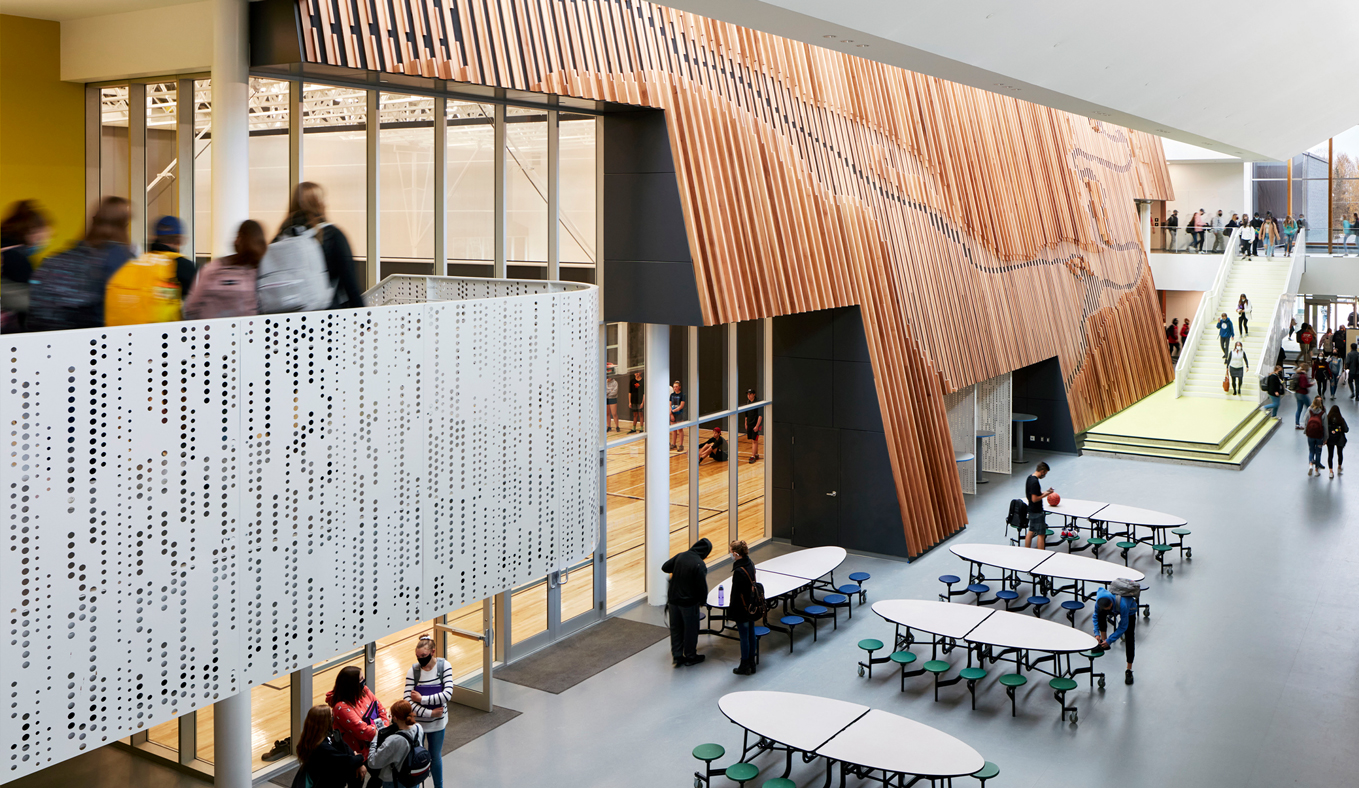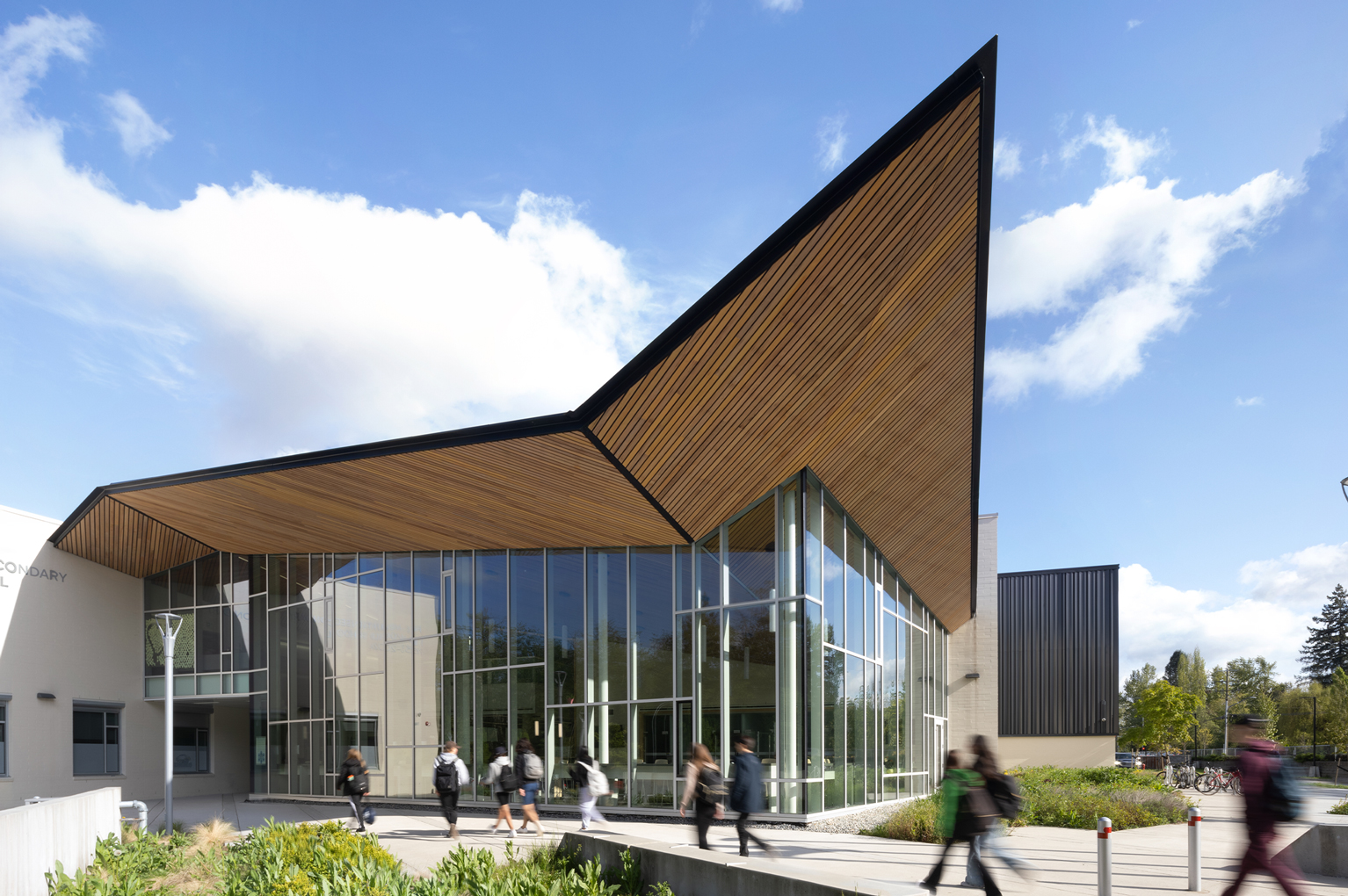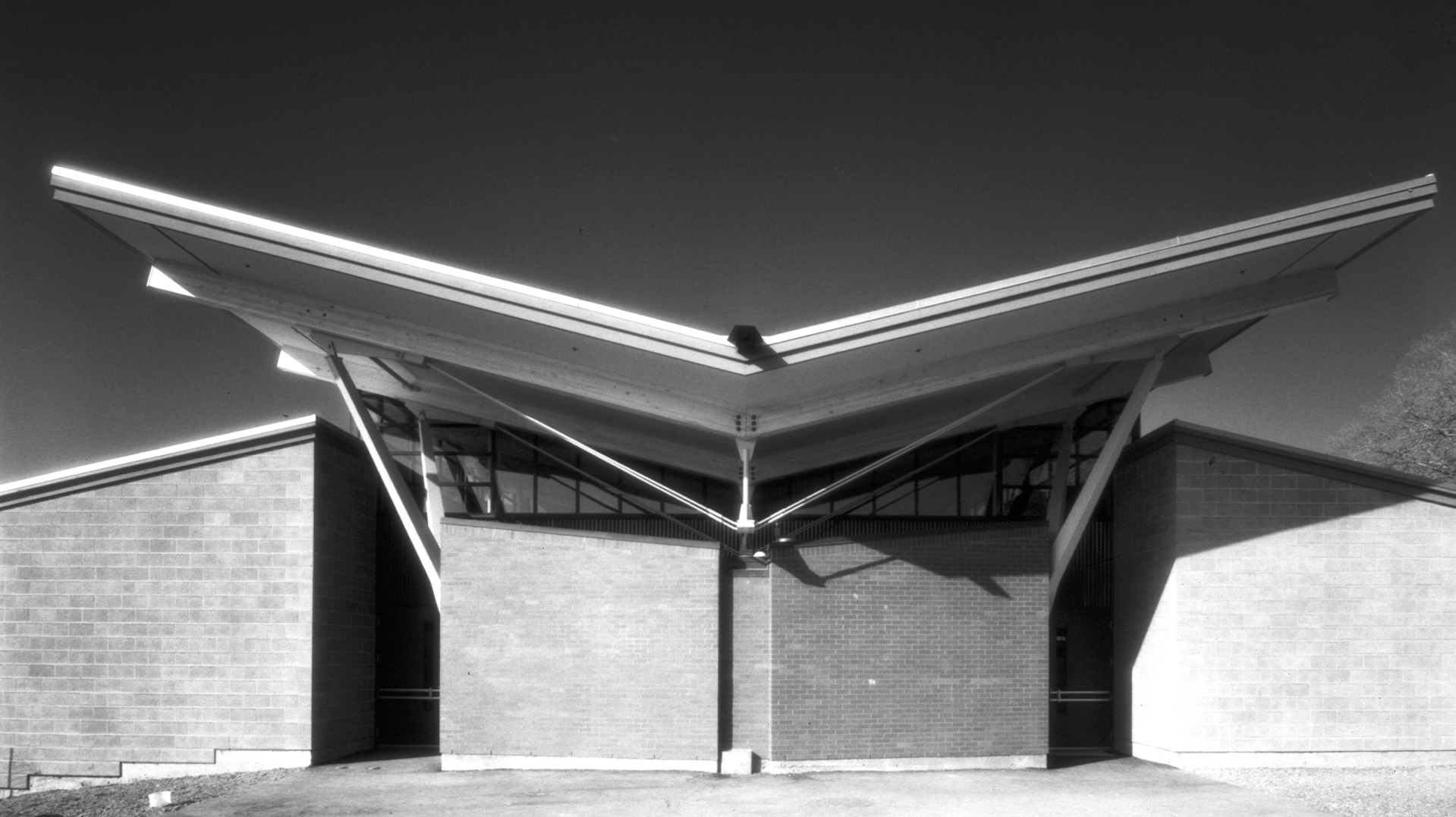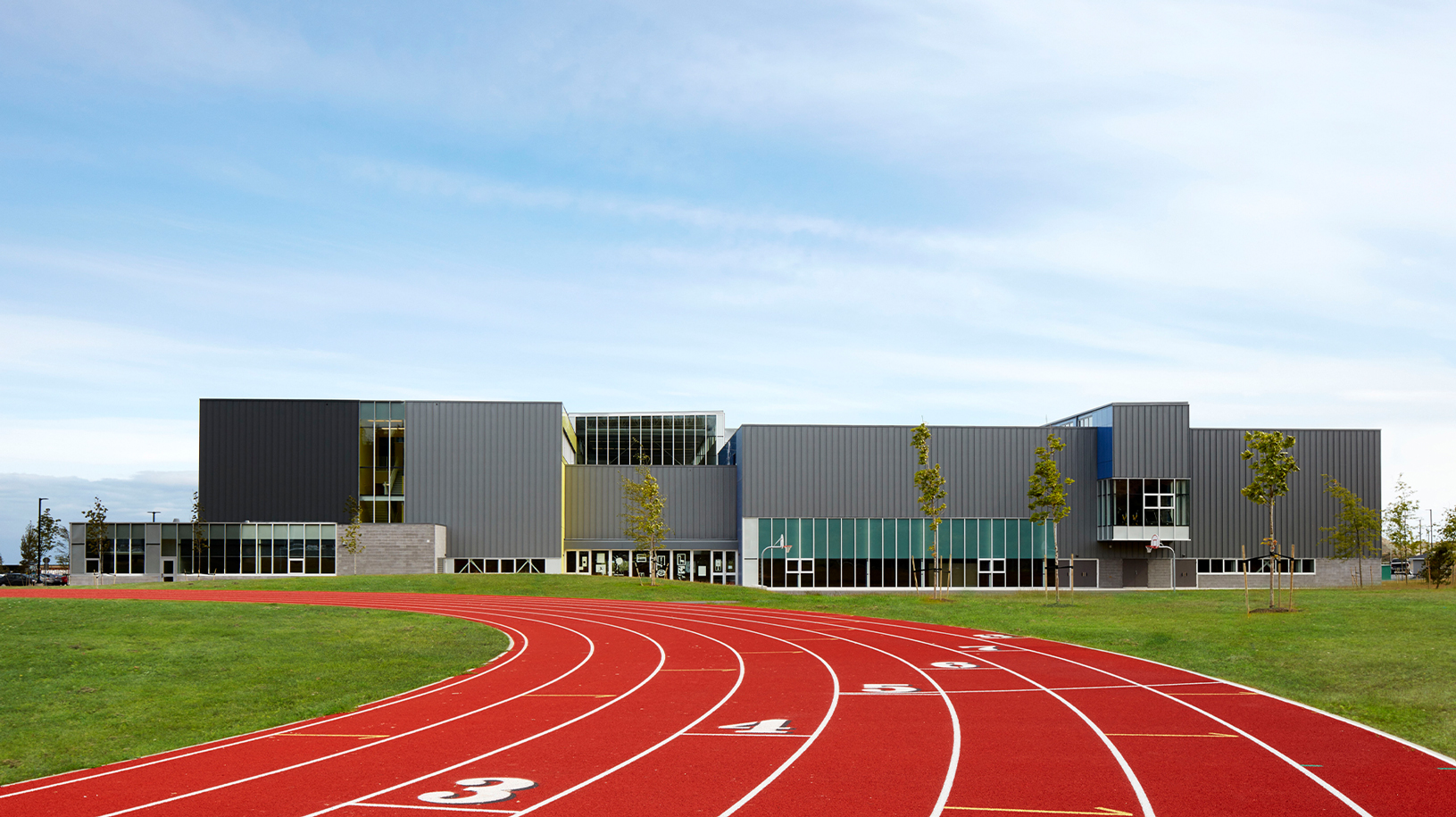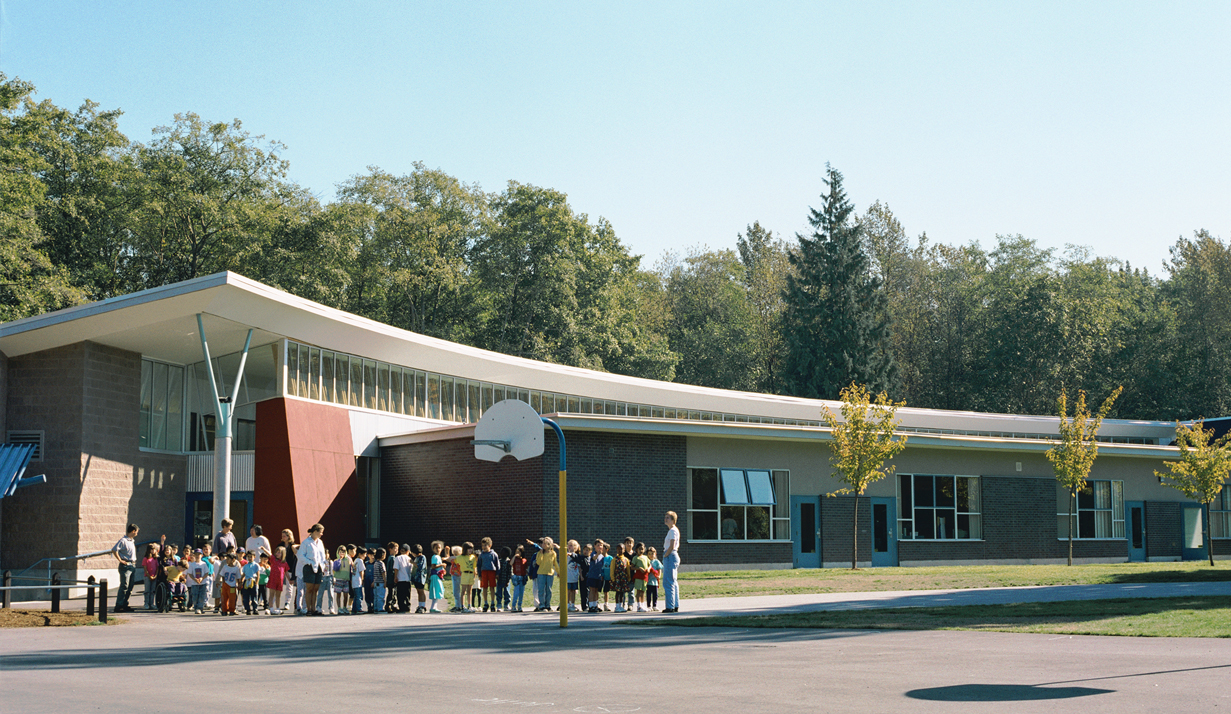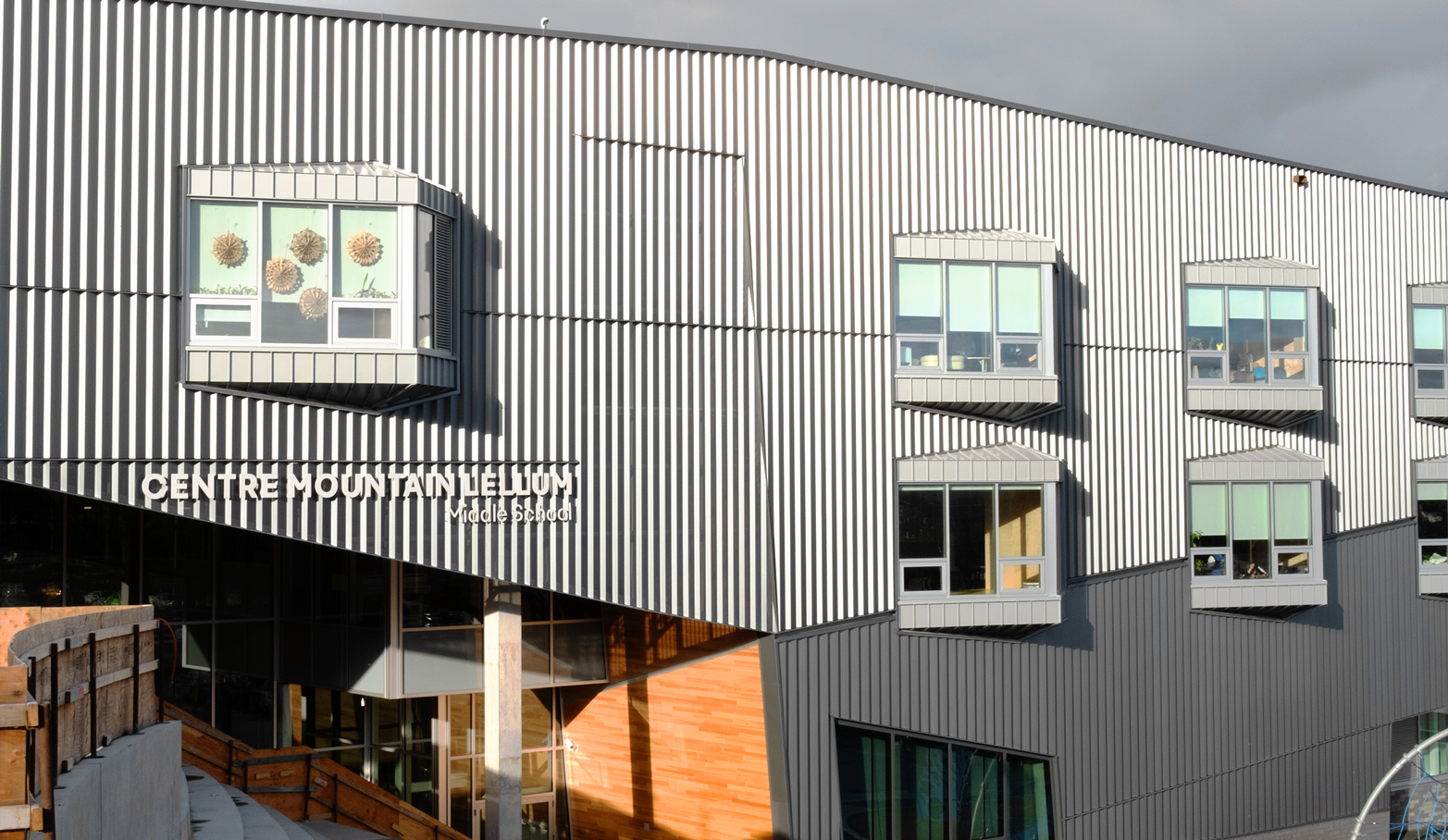
PEXSISEN Elementary & Centre Mountain Lellum Middle Schools
Location
Langford, BC
The western communities of Greater Victoria are booming. As young families pour into the region, School District 62 had an immediate need to build more schools. We were tasked with designing and building two new schools to complement the existing Belmont Secondary in the West Hills neighbourhood, with an overall vision to honour student voice and choice through engaging, purposeful, and experiential learning in a safe and respectful community.
PEXSISEN Elementary was to accommodate 500 students, along with daycare, learning neighbourhoods, learning commons, a gymnasium, and learning assistance and flex spaces. CENTRE MOUNTAIN LELLUM Middle School, meanwhile, would include similar programming for 700 students, as well as technical learning spaces for home economics and trades, science, and the arts.
Disciplines
Areas of impact
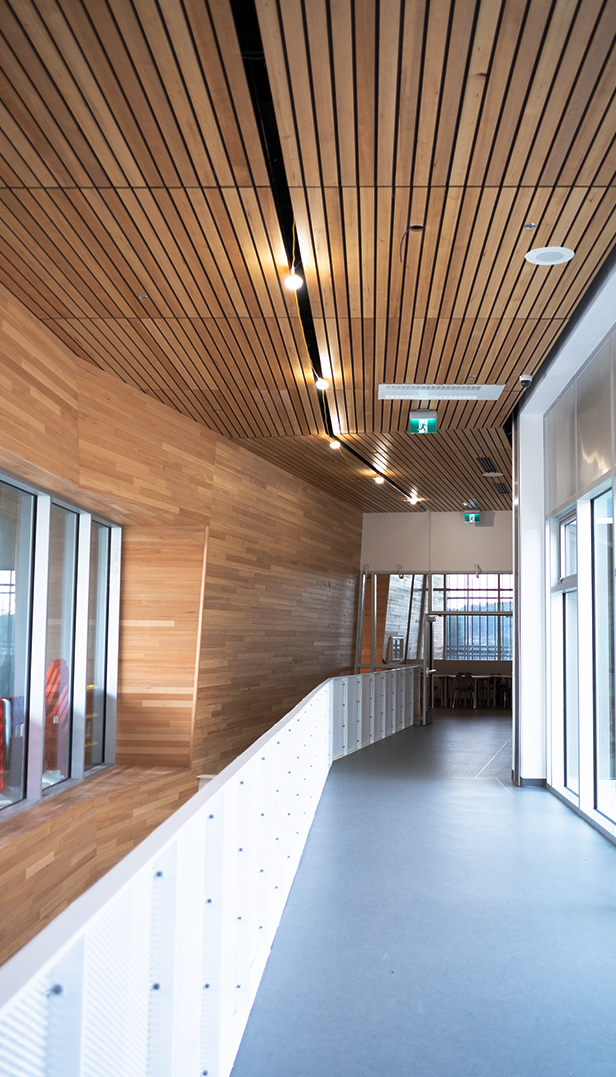
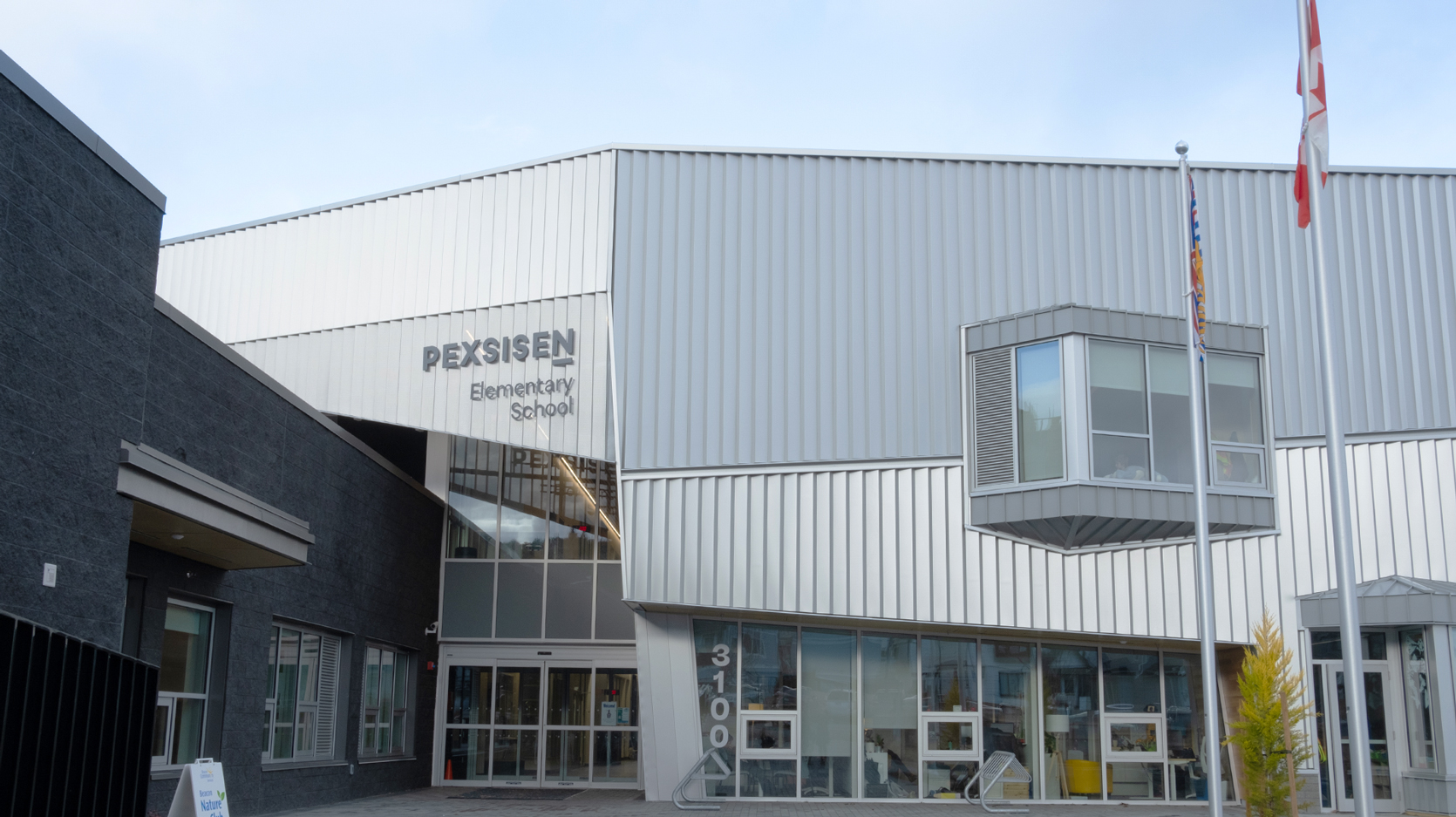
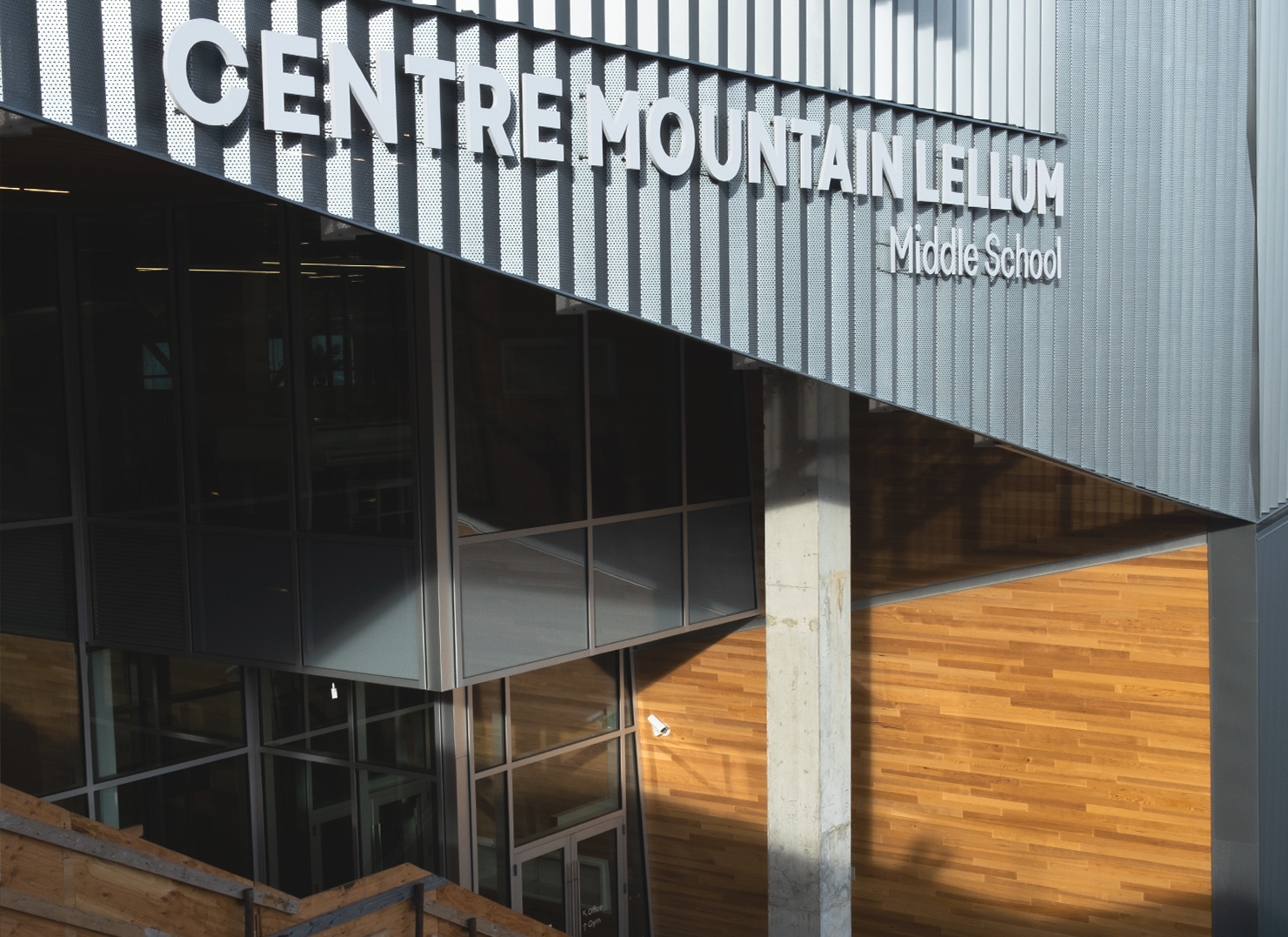
If people ask you what you do, you could say ‘we move literal mountains’ for clients to bring them great architectural products.
Alex Samousevitch, Senior Project Manager - Sooke School District No. 62
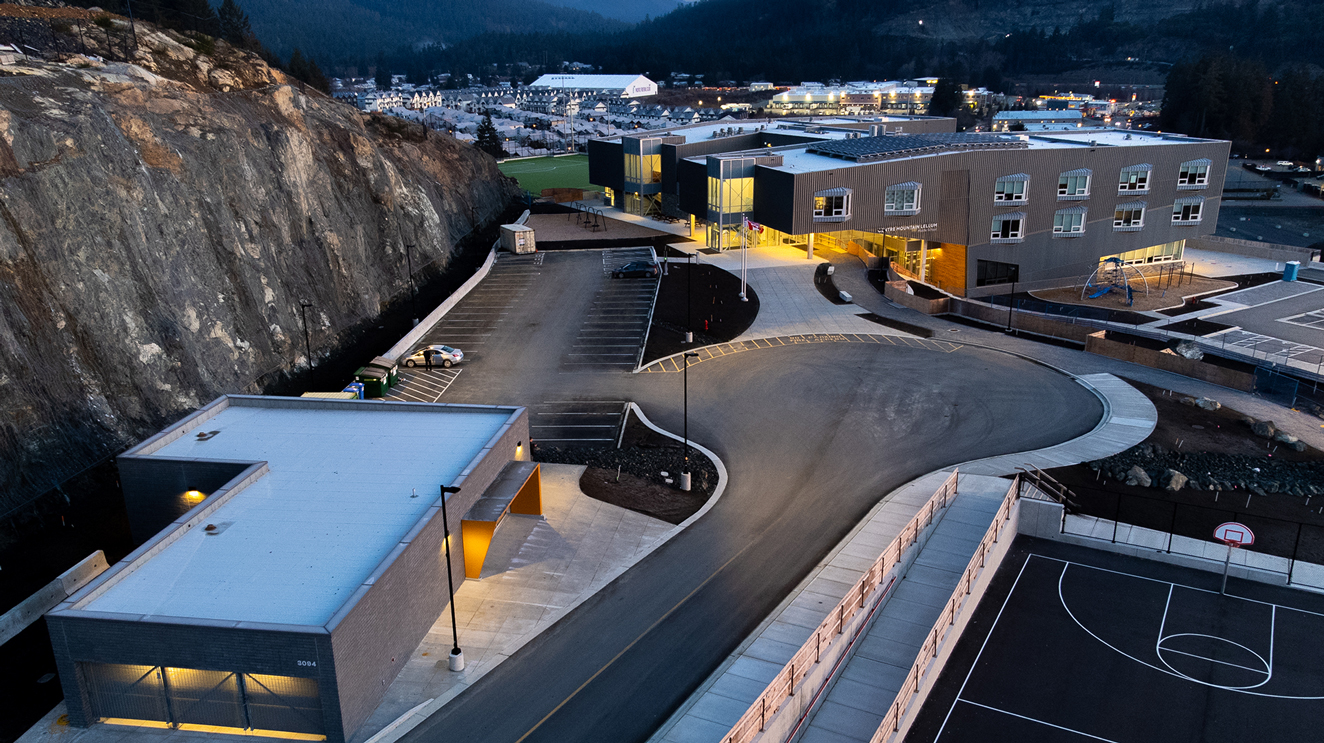
Design Challenge
As we met with the school district during schematic design, the same questions kept coming up: should the elementary school and middle school be one building or two buildings? An integrated school community is a must, but with two sets of staff, students, teachers, how will the design maintain boundaries and distinctions between elementary and middle school?
To dig deeper into these questions, hcma held workshops with administrators and staff with experience managing and teaching at elementary and middle schools in the district. Together, we visited and analyzed the existing schools in the district, found out what was liked and disliked. We tried to hear from everyone at SD62. From the superintendent to custodians, teachers, and administrators, we relied on their collected expertise to tell us what they really needed.
Armed with this information, we got to the heart of the school district’s philosophy and what their priorities were. It quickly became clear that separate buildings were preferred over a single building. What hcma and the school district realized together was that it was crucial to physically express the process of growing up; the experience of changing schools and the anticipation of moving onto something new was incredibly valuable. We didn’t want to lose that.

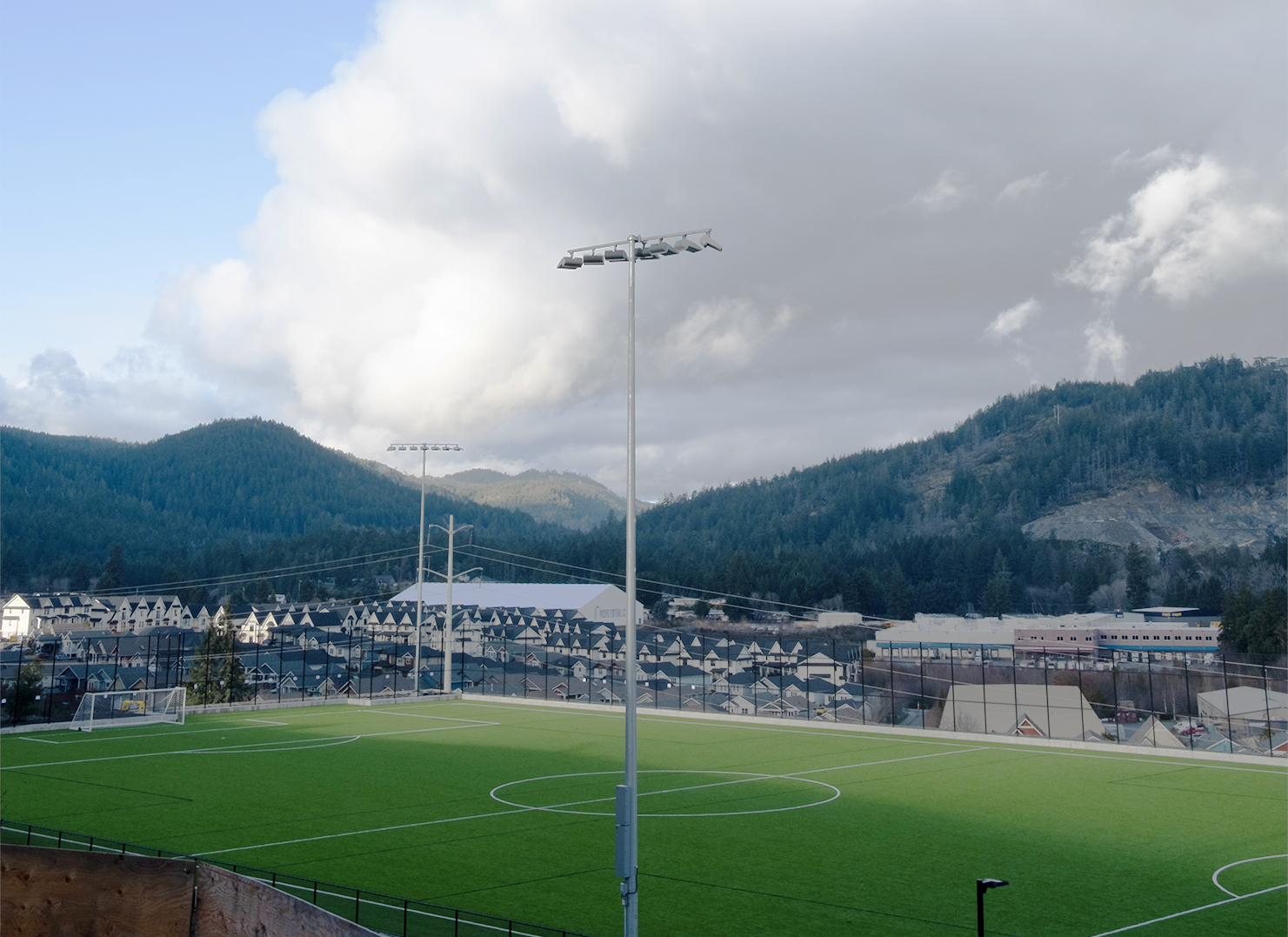
Our Response
We settled on two schools. And with this decision, the question of creating distinctive school experiences expanded to the site. After all, where we placed the schools, the fields, the playgrounds, the roads, would all contribute to how kids, parents, and staff would understand this notion of growing up in SD62.
A huge challenge was the site itself. Its irregular shape and a steep 40m-height difference across the property meant in-depth and ongoing collaboration with our civil, landscape, geotechnical, and structural consultants to come up with safe and feasible technical solutions that achieved our design vision. In the process of figuring this out, we also needed to understand what the community was going to look like in five years, 15 years, and 50 years. How would these schools set the tone for a neighbourhood that’s still emerging?
Along with site design, the two buildings needed to look similar yet different, in a way that indicates “each of us is unique, yet we’re part of the same family”. We talked visual language between disciplines: from architectural design to interiors to environmental graphics, how could we express the differences of elementary school and middle school through colour, geometry, and textures?
These ideas were explored intensively between hcma‘s in-house architectural and interiors teams, our social and sustainability impact teams, and our communications design team. An interdisciplinary approach was crucial to leave no stone unturned.
With terrain being so prominent, the theme of “embedding learning and school memories into the landscape” emerged. We saw the schools as two geological forms anchored into the side of the hill, opening up towards the direction of Langford Lake and Bear Mountain. We linked the two buildings by a landscape spine that threads north-south across outdoor space and through the main indoor corridors of both schools. The spine is a walking path that makes the natural progression of growing up a direct experience, and is also an invitation to the larger community to access the site day to day.
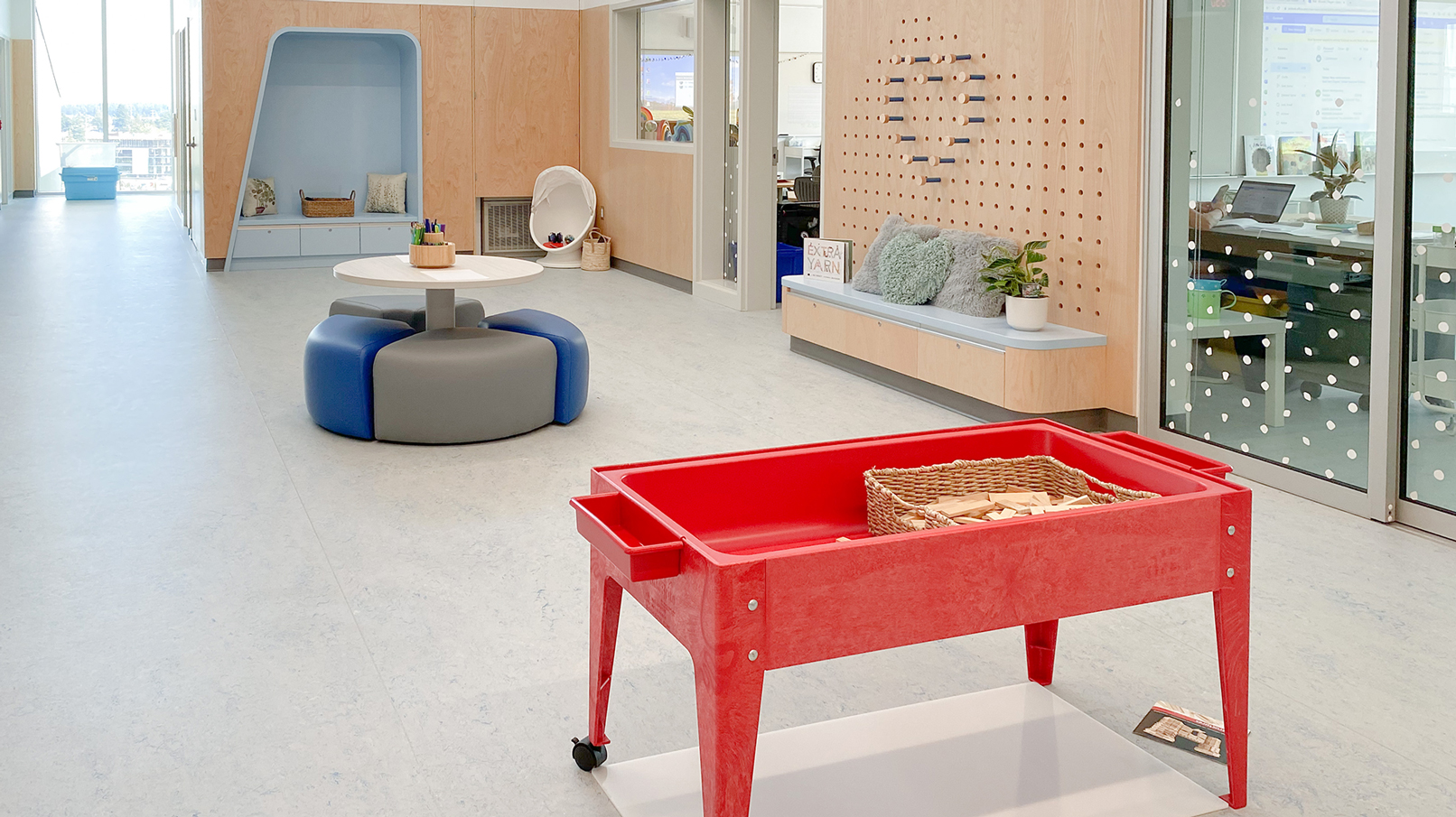
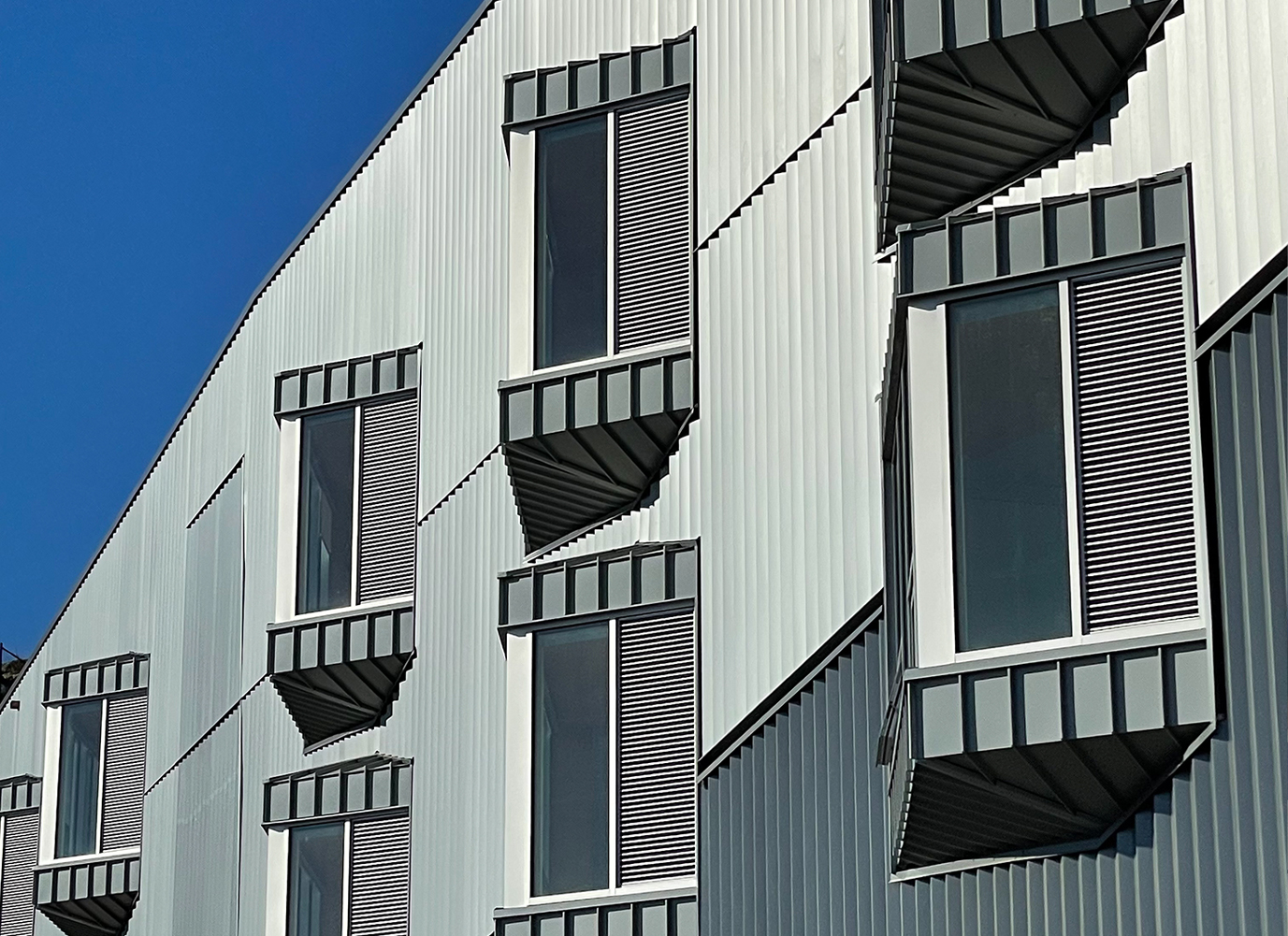
The Future of Education
Working towards a more sustainable future, the project uses a geothermal system with electric backup boilers, photovoltaic panels on the roof, and is targeting LEED v4 Gold. Classrooms balance suitable daylight levels with minimized solar heat gain through bay windows, which also act as informal play and break out spaces.
To leave room for evolving education practices, classrooms are designed for flexibility through formal and informal learning spaces. Play and social interaction are key components of this, especially in thinking about barrier-reduction and involvement from the wider community.
The buildings are seamlessly integrated into the landscape, where level 1 and 2 of each school connect directly with grade. There is a variety of natural and structured play in the landscape and on the rooftop. Despite the great variation in elevation, the full site, both indoor and outdoor space, is accessible.
